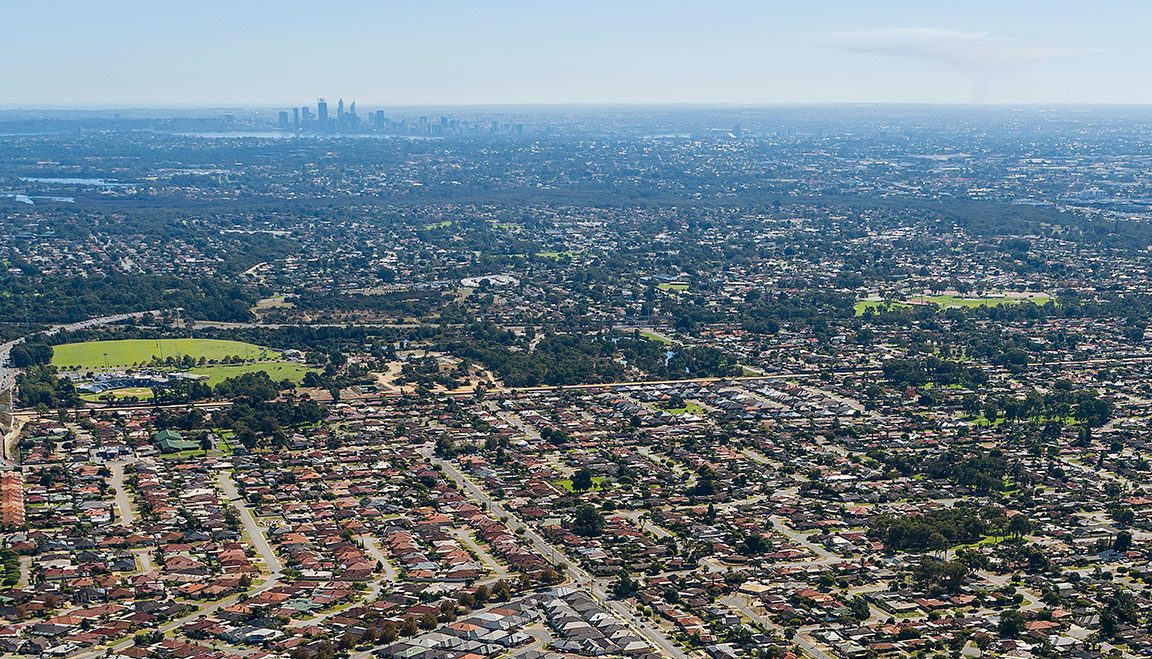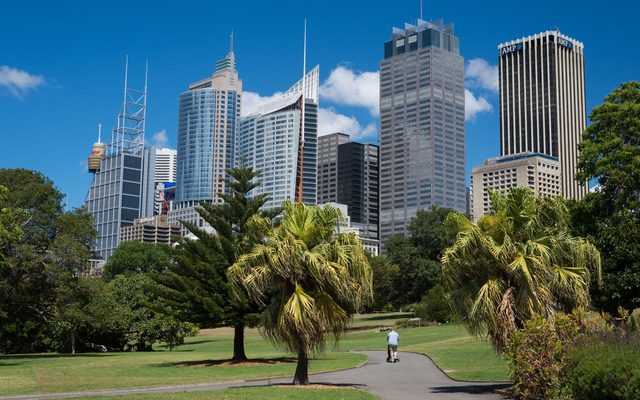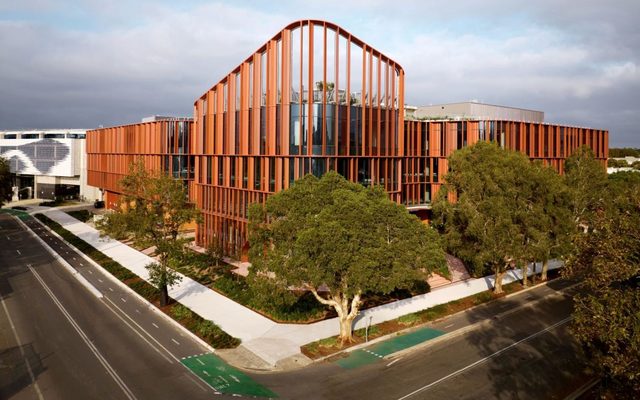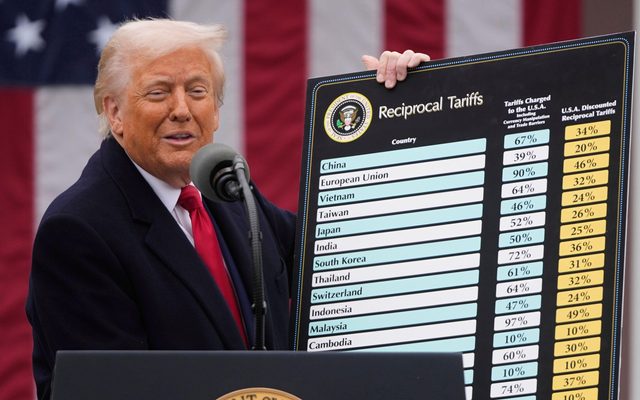This article is from the Australian Property Journal archive
MORE than 1.45 million homeowners will be considered “at risk” of mortgage stress if the Reserve Bank of Australia decides to lift rates again at next week’s board meeting, according to research firm Roy Morgan.
Data released yesterday from Roy Morgan showed that there was already 1.23 million mortgage holders – more than one-quarter of all mortgage holders – were at risk of mortgage stress in the three months to February, a period that saw two further hikes to an official rate of 3.35%, which earlier this month became a decade-high 3.6%.
This is the highest number of mortgage holders considered at risk since there were nearly 1.3 million at risk in September of 2011, while the proportion of mortgage holders considered “at risk” of mortgage stress (25.3%) is the highest since June 2012.
The number of Australians at risk of mortgage stress has increased by 514,000 over the last year as the RBA increased interest rates for 10 consecutive monthly meetings. Official interest rates are now at 3.6% in March 2023, the highest official interest rates since June 2012 over a decade ago.
“If the RBA does raise interest rates again in next week by 0.25% Roy Morgan forecasts that mortgage stress is set to increase to over 1.45 million mortgage holders considered “at risk” by April 2023 – 28.8% of all mortgage holders, the highest since September 2011,” said Michele Levine, Roy Morgan CEO.
The current overall number remains below the 1.455 million mortgage holders considered at risk during the Global Financial Crisis in early 2009, which made up 35.6% of all mortgage holders.
The number of mortgage holders currently considered “extremely at risk” has now increased to 735,000, or 15.7%, which is significantly above the long-term average over the last 15 years of 659,000, although the proportion was similar compared to the 15.9% long-term average.
Australian prime and nonconforming mortgage arrears are on the rise, according to S&P Global Ratings, as multiple interest-rate rises begin to bite alongside borrowers’ savings buffers being eroded amid cost-of-living increases,
Instability in financial markets over the past month has tempered expectations for further rate rises, and this week’s official data showed inflation had eased again in February, to an annual rise of 6.8%. Reserve Bank governor Philip Lowe hinted that there may be a pause in interest rates depending on forthcoming economic data.
Treasurer Jim Chalmers told question time that while the inflation data “will be volatile month-to-month, but, on the face of it, this is a very encouraging sign”.
Economists from Australia’s biggest banks are divided on whether the RBA will hike next week, or hit the pause button.
Two of the big bank economic teams updated their forecasts yesterday on the back inflation figures. Commonwealth Bank now expects a will pause in April but a hike in May, while NAB still predicts the RBA will increase official rates next Tuesday, but that this will be the last hike in the cycle.
Westpac is predicting a pause on Tuesday. NAB and ANZ are both tipping hikes of 0.25 percentage points.
ANZ is forecasting a cash rate peak of 4.1 per cent, and the other three expecting a peak of 3.85 per cent.
RateCity.com.au research director, Sally Tindall, said the fact that economists were divided on the outcome of Tuesday’s meeting illustrated just how close the call for the RBA will be.
“The RBA is looking for an opportunity to pause and will therefore be looking for one in the data,” she said.
“One reservation the RBA might have is what message a pause will send to Australian households. The last thing the board wants is for people to think that’s the end of the hikes.”
Given inflation is still elevated – well above the RBA’s target range of 2 to 3% – there is “no way” the RBA would rule out further hikes, Tindall said.
“If the board does decide to pause, it’s likely to come with a caveat that there could still be more hikes ahead,” she said.




